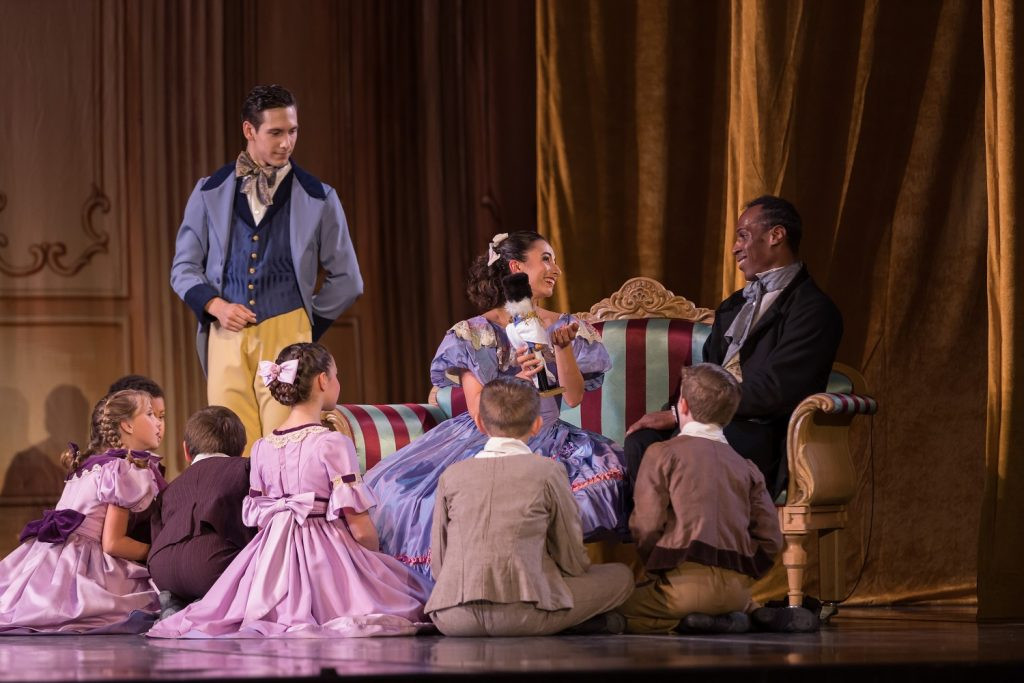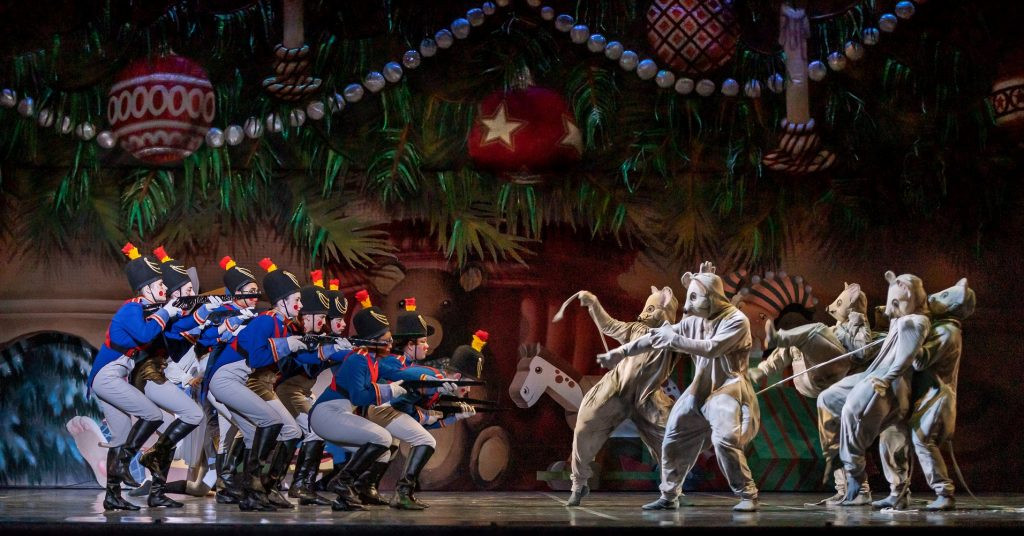The ripple effect from the Prince George ballet class commentary highlighted a crucial conversation within and beyond the dance world: the stereotypes and biases surrounding boys and dance. While the public discourse centered on a young prince, for many male dancers, it resonated with years of personal experiences marked by bullying and societal misconceptions. This article delves deeper into these experiences, specifically exploring the unique space of Male On Male Dancing and its role in challenging traditional gender norms within the dance industry and broader society.
Bullying, as defined by seeking to harm or intimidate the vulnerable, finds fertile ground when societal expectations clash with individual passions. For boys drawn to dance, vulnerability is often perceived when stepping outside socially normative behaviors. Studies reveal alarming statistics: a significant percentage of students experience bullying, with the dance world amplifying these challenges for male identifying individuals.
 Isabella Velasquez, Anthony Cannerella and Bobby Briscoe in Sacramento Ballet
Isabella Velasquez, Anthony Cannerella and Bobby Briscoe in Sacramento Ballet
Isabella Velasquez, Anthony Cannerella, and Bobby Briscoe showcase male camaraderie and artistry in Sacramento Ballet’s “The Nutcracker,” challenging traditional gender roles in dance.
Within dance, bullying manifests in distinct forms. Boys often face external bullying from peers unfamiliar with the dance world, while both genders can experience studio bullying, sometimes from peers and, concerningly, from figures of authority. This exploration focuses particularly on how these pressures intersect with and shape the landscape of male on male dancing.
Gender studies in dance are not novel, but the contemporary dialogue around bullying, gender equality, and representation in mainstream dance is gaining crucial momentum. The Prince George incident served as a catalyst, prompting introspection within the dance community. Kathleen McGuire Gaines, a mental health advocate for dancers, highlighted this moment as unifying, emphasizing the pre-existing trials male dancers often endure before finding sanctuary in professional dance spaces. This sanctuary, paradoxically, exists within a field where men often hold positions of power and are, in some respects, more valued.
Statistics underscore the uphill battle faced by boys in dance. Studies reveal a staggering percentage of male dancers experiencing verbal or physical harassment. Furthermore, parental support isn’t always guaranteed, with a significant portion of male dancers lacking paternal endorsement. This lack of external validation amplifies the importance of supportive environments within dance itself, particularly in fostering acceptance of male on male dancing.
Andrew Pearson, a dancer and choreographer, offers insight into the nature of bullying faced by male dancers. He clarifies that bullying related to gender and sexuality predominantly occurred outside the studio environment. This distinction is critical; boys are often not bullied for the act of dancing itself, but due to the prejudiced assumption that dance is solely for those not adhering to traditional masculinity, often linked to sexual orientation. This external pressure can significantly impact how male dancers perceive and engage with male on male dancing, potentially limiting their comfort and willingness to explore same-sex partnerships in performance.
Will McCoy from NoBully emphasizes the evolving dimensions of bullying, particularly with the rise of digital environments. Bullying is multifaceted, extending beyond physical and verbal forms into the cyber realm, blurring the lines between different spheres of a student’s life. Geographic and cultural contexts also appear to influence the prevalence of bullying against boys in dance. Anecdotal evidence suggests boys in major coastal cities may experience less peer-related bullying compared to those from more conservative regions. Environment plays a significant role in shaping perceptions and acceptance of male dancers and, consequently, male on male dancing.
 Kathleen McGuire Gaines – Photo: Nicholas Coppula
Kathleen McGuire Gaines – Photo: Nicholas Coppula
Kathleen McGuire Gaines, a prominent advocate for dancer’s mental health, underscores the importance of recognizing the unique challenges faced by male dancers, particularly in relation to societal expectations and bullying.
Scott Gormley’s documentary “Danseur” poignantly captures the bullying experiences of male dancers, inspired by his own son’s struggles. The film profiles dancers at various career stages, highlighting both heart-wrenching obstacles and inspiring triumphs. Dancers like Harper Waters and James Whiteside are recognized for their advocacy against bullying and stereotypes, paving the way for greater acceptance and inclusivity within dance, including the normalization of male on male dancing.
Within the studio, boys often find a haven, a stark contrast to external pressures. The scarcity of male dancers can lead to preferential treatment, described as the “golden dance belt” phenomenon. Scholarship opportunities and active recruitment efforts reflect this demand. Anacia Weiskittel’s boys’ scholarship program aimed to cultivate a supportive peer group for male dancers, emphasizing performance to engage fathers and challenge stereotypes. Such initiatives are vital in fostering environments where boys feel empowered to pursue dance, including exploring male on male dancing without fear of judgment or ridicule.
While studios can offer sanctuary, isolation and lack of external support remain challenges for male dancers, especially when they are the sole boy in their program. To address this, organizations like American Ballet Theatre and The Male Dancer Conference have established programs specifically designed to build community and support networks for male dancers. These initiatives play a crucial role in validating the experiences of male dancers and fostering a sense of belonging, which is essential for their artistic growth and comfort in exploring diverse forms of expression, including male on male dancing.
 Sacramento Ballet
Sacramento Ballet
Sacramento Ballet’s diverse programming and inclusive environment fosters opportunities for male dancers to thrive and express themselves, contributing to the evolution of dance and the acceptance of diverse partnerships.
For girls and gender non-conforming dancers, studio bullying often takes different forms, rooted in peer dynamics like favoritism and casting decisions. Addressing such bullying requires proactive intervention from teachers, establishing clear guidelines and fostering a safe and respectful environment. Weiskittel’s approach of open communication, peer counseling, and zero-tolerance policies demonstrates effective strategies in mitigating studio bullying. Creating such safe spaces is crucial for all dancers, enabling them to explore their artistry without fear, including challenging gender norms through diverse partnerships like male on male dancing.
The contrasting experiences of boys and girls in dance training contribute to a gender imbalance in leadership. Boys, often given more freedom and encouragement to experiment, are simultaneously navigating external pressures. Girls, conversely, may be trained towards submissiveness, potentially hindering their leadership aspirations. This disparity, coupled with the demand for male dancers, can perpetuate a system where men disproportionately occupy leadership roles. This systemic imbalance underscores the need to actively promote and support female leadership in dance and to challenge traditional training methods that may inadvertently stifle female voices and leadership potential. Simultaneously, it is crucial to dismantle the external pressures that discourage male dancers and limit their expressive range, including their comfort with male on male dancing.
Kate Crews Linsley from Nashville Ballet highlights the gender bias where men may be favored for roles based on gender alone, sometimes despite comparable talent and work ethic among female counterparts. Unwritten norms within studio culture can reinforce these inequalities, with female dancers expected to be more submissive while male dancers are granted greater vocal freedom. Addressing these deeply ingrained biases requires conscious effort and systemic change within dance institutions.
Abusive training practices, often excused as “tough love,” further exacerbate these issues. Yelling, body shaming, and double standards are unfortunately prevalent. Shannon Chain’s experience with a teacher’s inappropriate comments and physical touch illustrates the deeply ingrained culture of disrespect and objectification that can persist in dance. This toxic environment negatively impacts all dancers and perpetuates harmful power dynamics that need to be actively dismantled to foster a healthier and more equitable dance industry, one where diverse forms of expression like male on male dancing are celebrated and normalized.
 Isabella Velasquez and Eliot Maroney Sutton in Sacamento Ballet
Isabella Velasquez and Eliot Maroney Sutton in Sacamento Ballet
Isabella Velasquez and Eliot Maroney Sutton in Sacramento Ballet’s “The Nutcracker” demonstrate the beauty and artistry of male-female partnerships, while highlighting the need for equal opportunities and recognition for all dancers, regardless of gender.
Historically, ballet’s origins in male-dominated courts and the subsequent shift towards female prominence on stage, while power remained largely male-controlled, provides context for contemporary gender imbalances. The historical objectification of female dancers, as highlighted by the Degas ballerina example, underscores the deep-seated power dynamics that have shaped the industry. While women have made significant strides in modern dance, leadership remains predominantly male across dance forms.
Addressing these complex issues requires multifaceted solutions. Changing ingrained abusive training patterns is paramount. Encouraging women to find their voices and challenge traditional power structures is crucial. Nicole Haskins emphasizes the “power of the ask,” urging women to confidently seek opportunities. Breaking the cycle of perpetuating harmful behaviors requires conscious effort and a commitment to creating a more equitable and supportive environment for all dancers. This includes actively challenging gender stereotypes and promoting diverse forms of dance expression, such as male on male dancing, which can contribute to a more inclusive and representative dance landscape.
Mentorship emerges as a powerful tool for positive change. Programs fostering mentorship, both formal and informal, are vital. Amy Seiwert and Nicole Haskins’ experiences at Smuin Contemporary American Ballet and Sacramento Ballet, respectively, highlight the positive impact of mentorship and choreographic workshops in nurturing talent and providing opportunities, particularly for women. These initiatives counter the detrimental effects of bullying and create pathways for dancers to develop their creative voices and leadership potential. Creating similar opportunities specifically to explore and showcase male on male dancing could further accelerate the acceptance and appreciation of diverse gender expressions in dance.
Amy Seiwert, Stella Abrera-Radetsky, and Anacia Weiskittel are actively creating opportunities for emerging dancers through fellowships, choreographic residencies, and inclusive training programs. Weiskittel’s studio emphasizes choreography composition and improvisation from a young age for all genders, fostering an inclusive environment that values passion and work ethic over stereotypical notions of ballet facility. These initiatives represent concrete steps towards a more equitable and inclusive dance future, one where diverse forms of expression, including male on male dancing, are nurtured and celebrated.
The outpouring of support for Prince George following the bullying incident demonstrated the female dance community’s solidarity in defending male dancers. However, sustained and reciprocal advocacy is needed, with male leaders and dancers actively championing women and challenging gender biases within the industry. Kathleen McGuire Gaines’ call for male dancers to use their privilege to advocate for women highlights the shared responsibility in dismantling systemic inequalities.
In conclusion, fostering a truly inclusive dance environment requires confronting bullying in all its forms, challenging ingrained gender biases, and actively promoting equitable opportunities for all dancers. Male on male dancing, as a specific area of exploration, holds significant potential to disrupt traditional gender norms and expand the expressive possibilities within dance. By supporting male dancers, celebrating diverse partnerships, and dismantling harmful stereotypes, the dance world can move towards a more inclusive, equitable, and artistically vibrant future.

